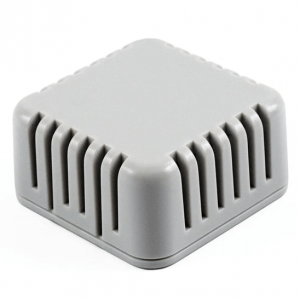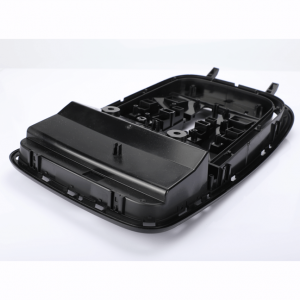ABS or Acrylonitrile butadiene styrene is a common thermoplastic polymer typically used for injection molding applications. This engineering plastic is popular due to its low production cost and the ease with which the material is machined by plastic manufacturers. Better yet, its natural benefits of affordability and machinability do not hinder the ABS material’s desired properties:
● Impact Resistance
● Structural Strength and Stiffness
● Chemical Resistance
● Excellent High and Low Temperature Performance
● Great Electrical Insulation Properties
● Easy to Paint and Glue
ABS plastic attains these physical attributes through the initial creation process. By polymerizing styrene and acrylonitrile in the presence of polybutadiene, chemical “chains” attract each other and bind together to make ABS stronger. This combination of materials and plastics provides ABS with superior hardness, gloss, toughness and resistance properties, greater than that of pure polystyrene. View a detailed ABS Material Data Sheet to learn more about ABS’s physical, mechanical, electrical and thermal properties.






